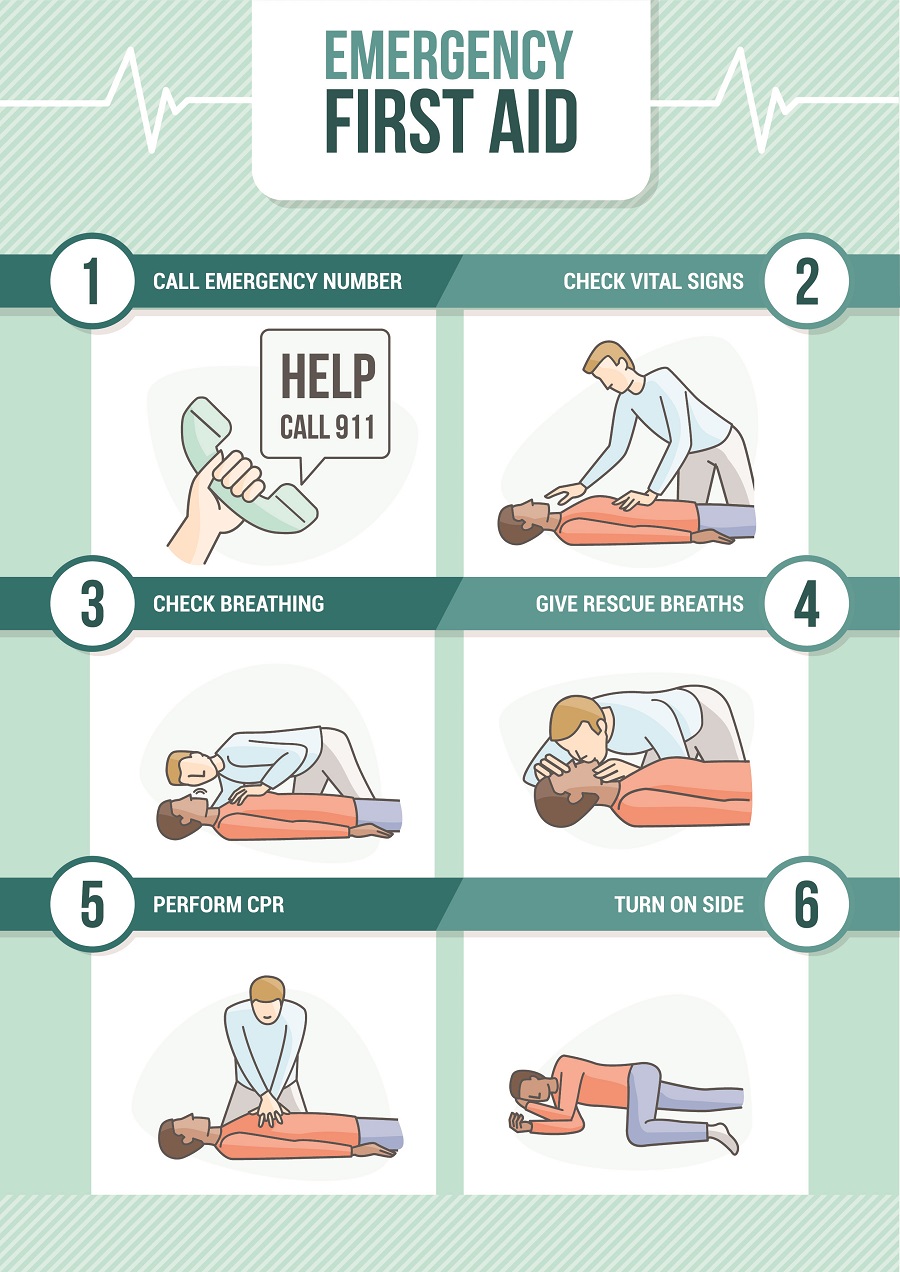As the world set up to celebrate Halloween, the jollities of the eerie festival went awry in the South Korean capital of Seoul on October 29. As a massive crowd assembled to celebrate the Halloween event on a narrow street in the Itaewon neighborhood of Seoul, a stampede broke out, and more than 151 people were killed, and many got injured. This event was the first Halloween event after COVID restrictions were lifted 1.
According to the report, more than 1,00,000 people were already in the passageway, and a gigantic crowd joined the mass from the Hamilton hotel and the Itaewon subway station. The street where the stampede took place is only 4m in width, which is not spacious enough even to fit a Sedan properly. Korean media reports claimed that the crowd was outrushed when a celebrity appeared in one of the establishments around the alleyway. The mass started jostling; consequently, people began falling on each other, leading to suffocation and cardiac arrest. The first emergency was reported around 10:22 PM, according to local media 2.
Role of first aid during a medical emergency
Medical first aid plays a crucial part during a sudden medical emergency like South Korea Stampede. Due to the crowd movement, the ambulances could not reach the spot immediately. So, the medical technicians started giving CPR to the victim 2. However, many died on the site due to CPR and medical aid delays.
How do doctors perform CPR on a patient?
Cardiopulmonary resuscitation (CPR) performed by doctors can save a life during emergencies when someone is facing trouble breathing, or their heart is not beating 3. CPR includes chest compression (pressing chest over heart) and rescue breathing (resuscitation by mouth to mouth) (Figure 1). If there is a problem with breathing or blood circulation, CPR helps to circulate oxygenated blood to the brain, leading to restarting breathing4.

Three main parts of CPR called CAB, which stands for 4
C: Compressions
A: Airway
B: Breathing
CPR Techniques
High-Frequency Chest Compressions
It is a resuscitation technique used to improve the resuscitation from a cardiac attack. The frequency of compression is >120 per minute.
Open-Chest CPR
Studies show that this technique is beneficial for the heart. It is performed by compressing the thumb and fingers or with the palm. With this method, forward blood flow is generated.
Interposed Abdominal Compression-CPR
IAC-CPR is a 3- rescuer technique that involves chest compression with alternating compression of the abdomen. A trained doctor will perform it as it needs specialization. IAC-CPR elevates the diastolic aortic pressure and venous return, which leads to improved blood flow to other vital organs
“Cough” CPR
“Cough” CPR is performed by forceful voluntary coughs every 1 to 3 seconds, increasing the intrathoracic pressure and generating higher systemic blood pressure. This CPR is beneficial for cardiac balance.
Prone CPR
It is mainly used for hospitalized patients as it is given to prone positions. Specialized emergency doctors can perform this CPR technique.
Percussion Pacing
Doctors use this procedure with regular, rhythmic, and forceful percussion of the chest. This procedure is also supportive of the prevention of cardiac arrest 5.
Various CPR Devices are Automatic Transport Ventilators, Manually Triggered, Oxygen-Powered, Flow-Limited Resuscitators, Devices to Support Circulation, Impedance Threshold Devices, Mechanical Piston Devices, Load-Distributing Band CPR or Vest CPR, and Extracorporeal CPR.
CPR methods and devices help to prevent cardiac arrest and breathing problems when performed by well-trained doctors in a suffering person. Using the correct techniques and appliances can save the lives of many people suffering from drowning, cardiac arrest, problems in breathing, and electrocution injuries.
So, it is essential to know how to provide first aid and the techniques related to basic CPR to prevent these types of ghostly incidence.
References
- South Korea Halloween stampede: Here’s what happened as 100,000 people gathered in a 4 m wide alleyway. Time Now. https://www.timesnownews.com/world/south-korea-halloween-stampede-heres-what-happened-as-100000-people-gathered-in-4-m-wide-alleyway-watch-article-95174316
- World News. 100,000 people in 4-meter-wide alley’: How South Korea stampede took place. Hindustan Times. https://www.hindustantimes.com/world-news/100000-people-in-4-metre-wide-alley-how-south-korea-stampede-took-place-101667092197015.html
- Cardiopulmonary resuscitation (CPR): First aid. Mayo Clinic. https://www.mayoclinic.org/first-aid/first-aid-cpr/basics/art-20056600#:~:text=Cardiopulmonary%20resuscitation%20(CPR)%20is%20a,hard%20and%20fast%20chest%20compressions.
- Cronan KM. CPR. KidsHealth. https://kidshealth.org/en/parents/cpr.html
- Cave DM, Gazmuri RJ, Otto CW, Nadkarni VM, Cheng A, et al. Part 7: CPR Techniques and Devices. Circulation 122: S720-S728.

